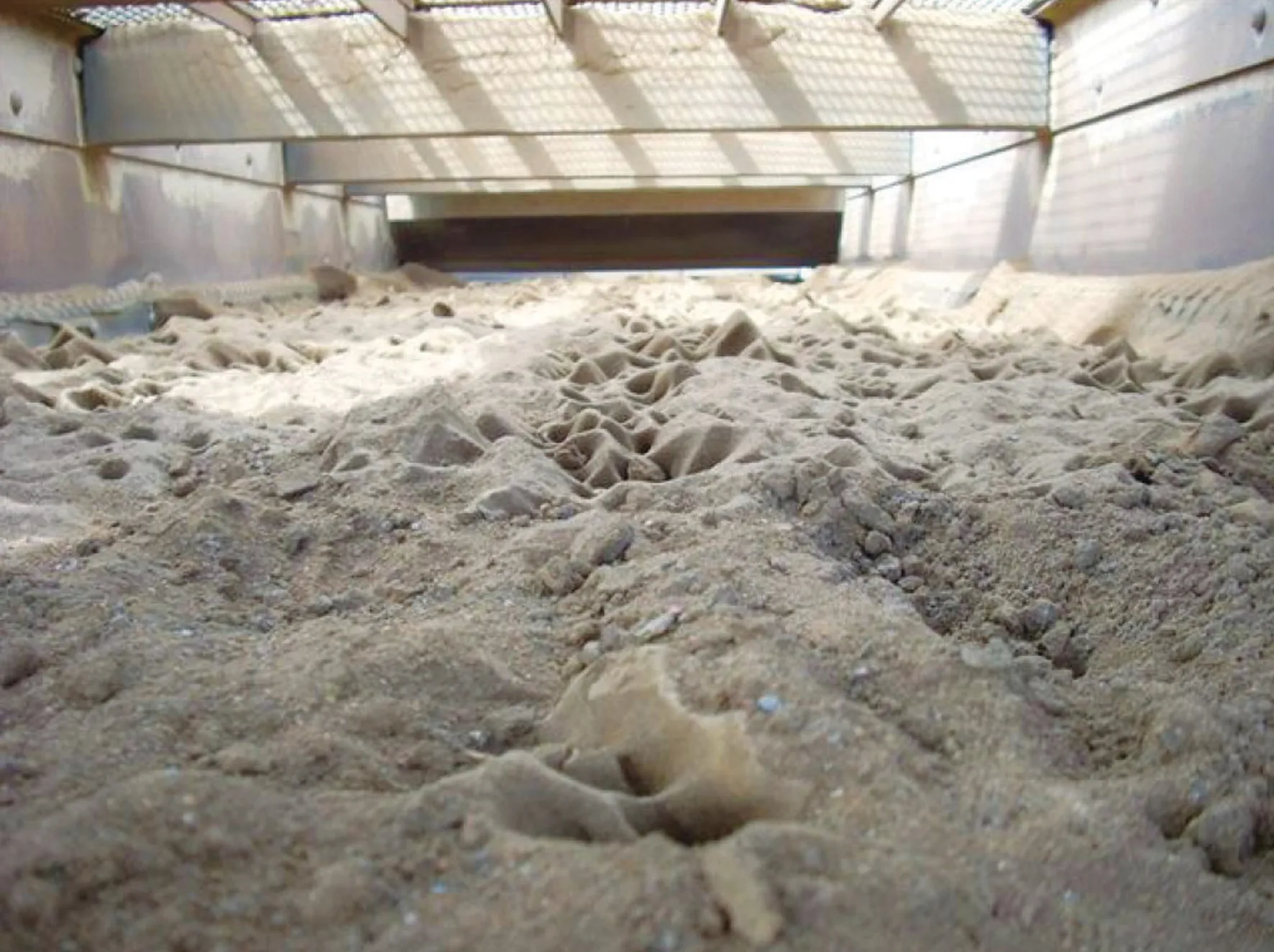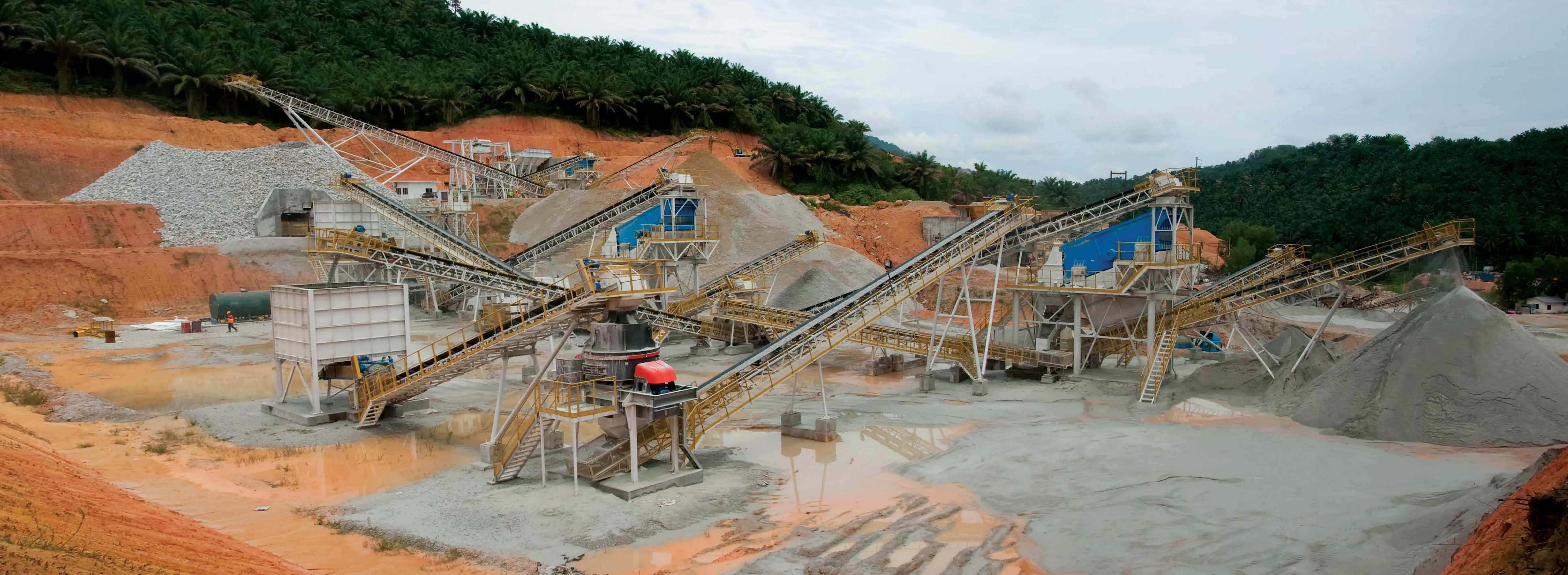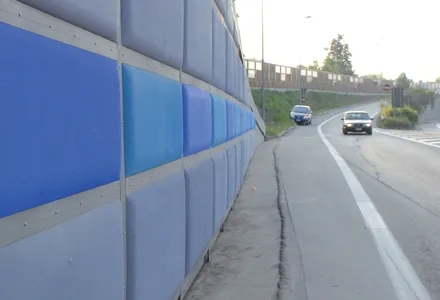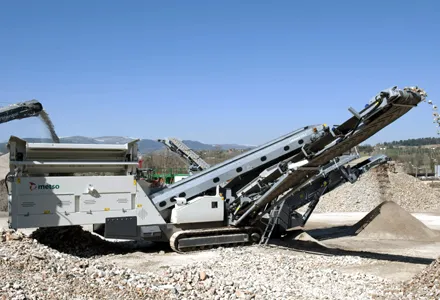Hanson UK’s Ingleton Quarry is improving screening efficiency by employing new ceramic lining technology. The facility has taken advantage of the latest developments from Sandvik to improve performance with the replacement of existing quenched steel liners with ceramic inserts. The quarry, located in the Yorkshire Dales National Park, had wear problems with the steel wear protection plates used in the screening process. This cut efficiency while the plates were also noisy. In order to address the problem th
May 22, 2012
Read time: 4 mins
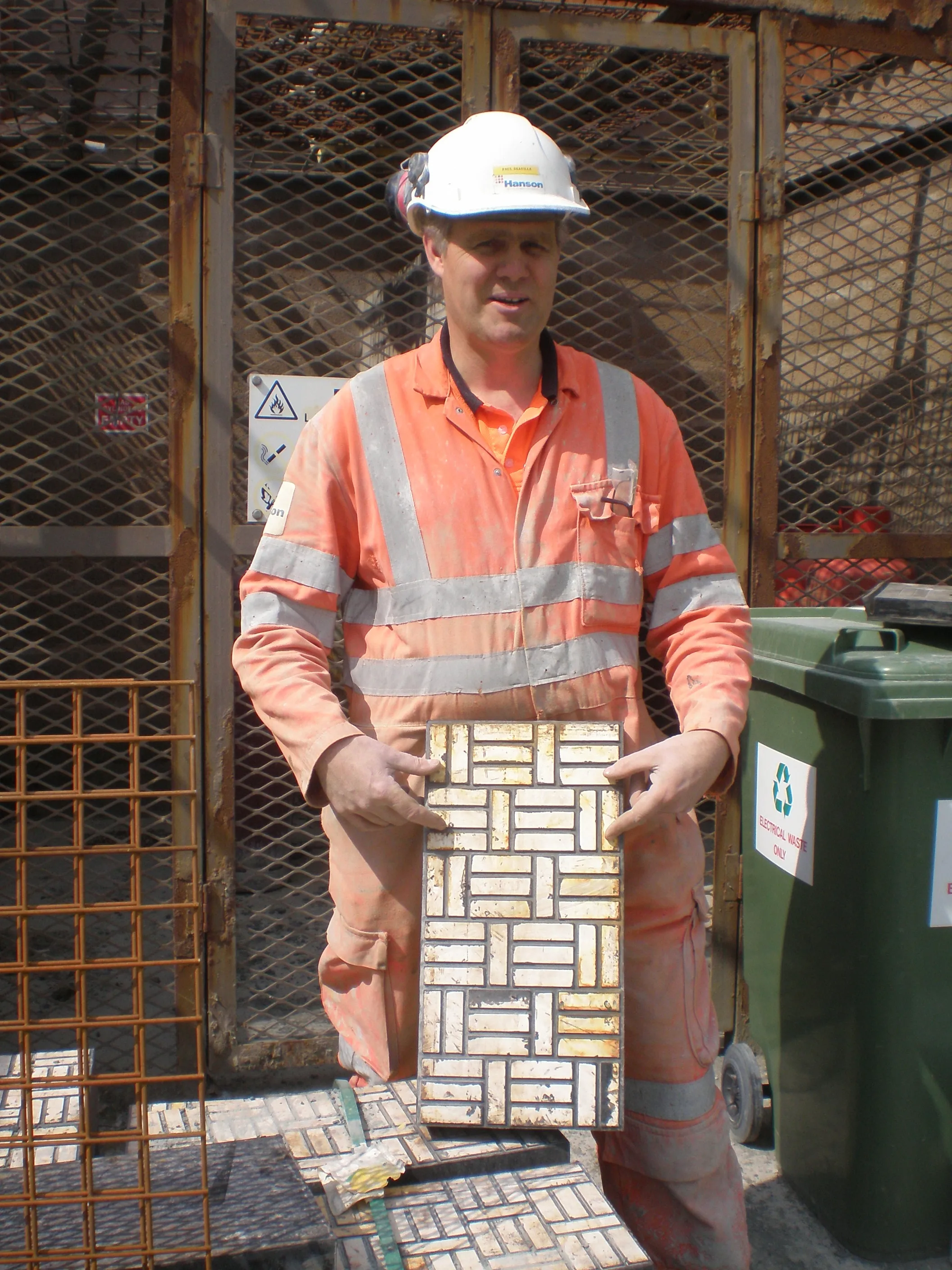
RSS325 Sandvik about how they could improve their efficiency, and reduce noise.
The first aspect that was looked at by Sandvik was the feedbox leading to the primary screen. The initial setup was based around 30mm steel backed rubber elements that due to the heavy duty nature of the screening operation had to be changed every four months. Sandvik’s solution was to replace the rubber elements with Sandvik WT9200 27mm thick ceramic liners.
The application is tough with a greywacke material feed size of anything up to 200mm and a production rate of 250tonnes/hour, but since installation the ceramic liners have given 18 months trouble-free service. These are due to be rotated in the next few months which will give2644 Hanson another six month’s life from the installation.
Sandvik WT9200 ceramic wear protection plates for heavy duty work are intended for the toughest applications, with very high material flow containing coarse material. They are ideal when a combination of extreme wear, impact resistance and long wear life is required. The ceramic wear plates have large and very hard ceramic bricks, vulcanised into a matrix of wear resistant rubber. Due to its elastic properties the rubber acts as a noise and impact damper making it possible to use the product in applications with a lot of impact without the risk of crushing the ceramic bricks. Versatility of installation is ensured as the wear plates may be cut crosswise with a band saw while the staggered pattern prevents longitudinal wash out.
Due to the extended life of the liners used on the primary screens feedbox, Hanson asked Sandvik to look at other applications that would benefit from the use of ceramic liners at the site. One particular part of the operation that was immediately noted as having the potential for improvement was the discharge chute at the end of the screening operation.
The discharge chute in question is a wet application on a final screen dealing with very fine material that was previously lined with quenched steel plate. This has on average lasted three months before having to be replaced, and thus Sandvik replaced the steel liners with WT9200 cut to size. Although the discharge chute was not a regular shape, the flexibility of the liners installation was highlighted as they were easily cut and shaped to fit. The Sandvik ceramic liners have now been in operation for over 12 months and are showing no signs of wear, with the quarry management being delighted with the extended wear life thereby freeing up many hours that would normally be spent replating.
Sandvik’s light duty ceramic sheeting and ceramic wear plates offer extremely long wear life in applications with sliding wear. The thickness and the low weight make them ideal in applications where weight and space are limiting factors, where their low friction smooth surface helps prevent material build up in low inclination installations.
The square ceramic tiles make it possible to bend the sheeting which makes it the perfect protection for both concave and convex surfaces. Additionally, the size of the ceramic sheeting may be easily adjusted by bending the sheeting and cutting it in between the ceramic tiles. The sheeting is supplied with a CN layer (bonding/contact layer) on the back side to simplify the gluing process and reduce the installation time needed. All of these factors results in a high bond strength which ensures that the product is securely attached throughout its wear life.
Through the replacement of steel liners with WT9200 ceramic ones from Sandvik, Hanson has reduced the sound emissions emanating from their operation due to the dampening effect of the liners, and reduced the number of replacements required during the production process, improving productivity and efficiency of the operation has been improved but at the same time cutting noise from the site.
RSS
Hanson UK’s Ingleton Quarry is improving screening efficiency by employing new ceramic lining technology. The facility has taken advantage of the latest developments from Sandvik to improve performance with the replacement of existing quenched steel liners with ceramic inserts.
The quarry, located in the Yorkshire Dales National Park, had wear problems with the steel wear protection plates used in the screening process. This cut efficiency while the plates were also noisy. In order to address the problem the company took advice fromThe first aspect that was looked at by Sandvik was the feedbox leading to the primary screen. The initial setup was based around 30mm steel backed rubber elements that due to the heavy duty nature of the screening operation had to be changed every four months. Sandvik’s solution was to replace the rubber elements with Sandvik WT9200 27mm thick ceramic liners.
The application is tough with a greywacke material feed size of anything up to 200mm and a production rate of 250tonnes/hour, but since installation the ceramic liners have given 18 months trouble-free service. These are due to be rotated in the next few months which will give
Sandvik WT9200 ceramic wear protection plates for heavy duty work are intended for the toughest applications, with very high material flow containing coarse material. They are ideal when a combination of extreme wear, impact resistance and long wear life is required. The ceramic wear plates have large and very hard ceramic bricks, vulcanised into a matrix of wear resistant rubber. Due to its elastic properties the rubber acts as a noise and impact damper making it possible to use the product in applications with a lot of impact without the risk of crushing the ceramic bricks. Versatility of installation is ensured as the wear plates may be cut crosswise with a band saw while the staggered pattern prevents longitudinal wash out.
Due to the extended life of the liners used on the primary screens feedbox, Hanson asked Sandvik to look at other applications that would benefit from the use of ceramic liners at the site. One particular part of the operation that was immediately noted as having the potential for improvement was the discharge chute at the end of the screening operation.
The discharge chute in question is a wet application on a final screen dealing with very fine material that was previously lined with quenched steel plate. This has on average lasted three months before having to be replaced, and thus Sandvik replaced the steel liners with WT9200 cut to size. Although the discharge chute was not a regular shape, the flexibility of the liners installation was highlighted as they were easily cut and shaped to fit. The Sandvik ceramic liners have now been in operation for over 12 months and are showing no signs of wear, with the quarry management being delighted with the extended wear life thereby freeing up many hours that would normally be spent replating.
Sandvik’s light duty ceramic sheeting and ceramic wear plates offer extremely long wear life in applications with sliding wear. The thickness and the low weight make them ideal in applications where weight and space are limiting factors, where their low friction smooth surface helps prevent material build up in low inclination installations.
The square ceramic tiles make it possible to bend the sheeting which makes it the perfect protection for both concave and convex surfaces. Additionally, the size of the ceramic sheeting may be easily adjusted by bending the sheeting and cutting it in between the ceramic tiles. The sheeting is supplied with a CN layer (bonding/contact layer) on the back side to simplify the gluing process and reduce the installation time needed. All of these factors results in a high bond strength which ensures that the product is securely attached throughout its wear life.
Through the replacement of steel liners with WT9200 ceramic ones from Sandvik, Hanson has reduced the sound emissions emanating from their operation due to the dampening effect of the liners, and reduced the number of replacements required during the production process, improving productivity and efficiency of the operation has been improved but at the same time cutting noise from the site.
RSS


